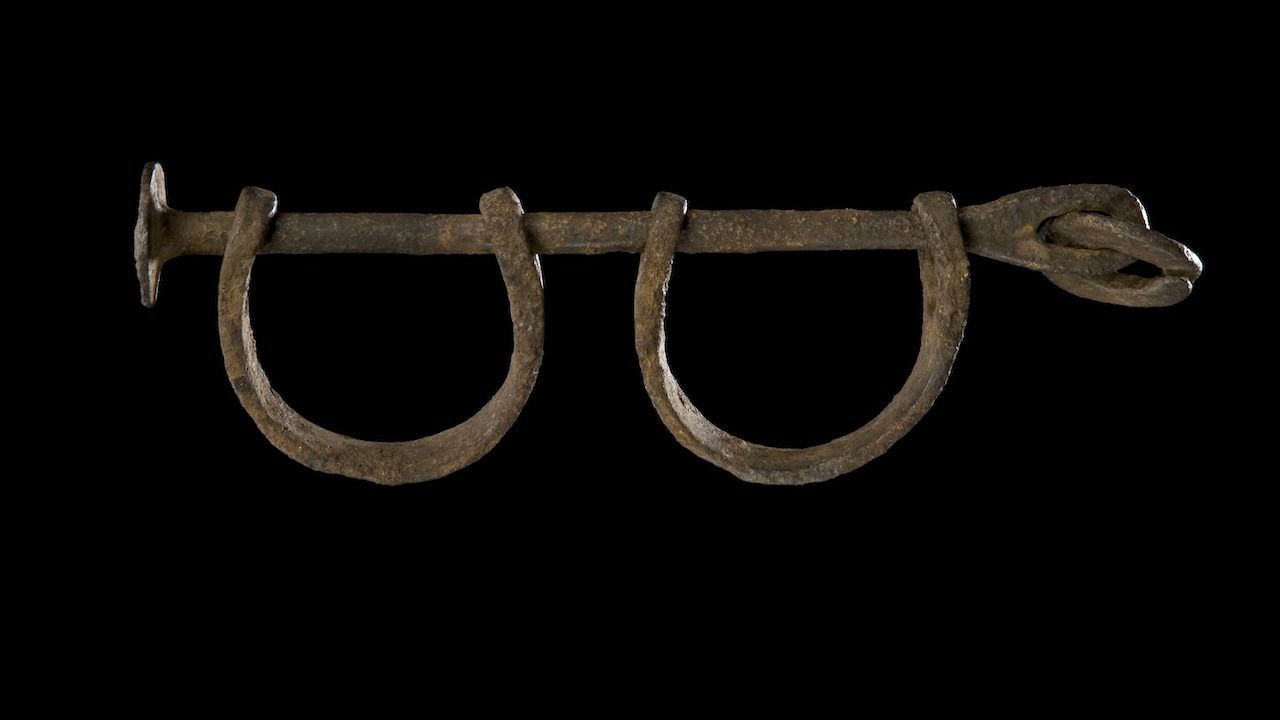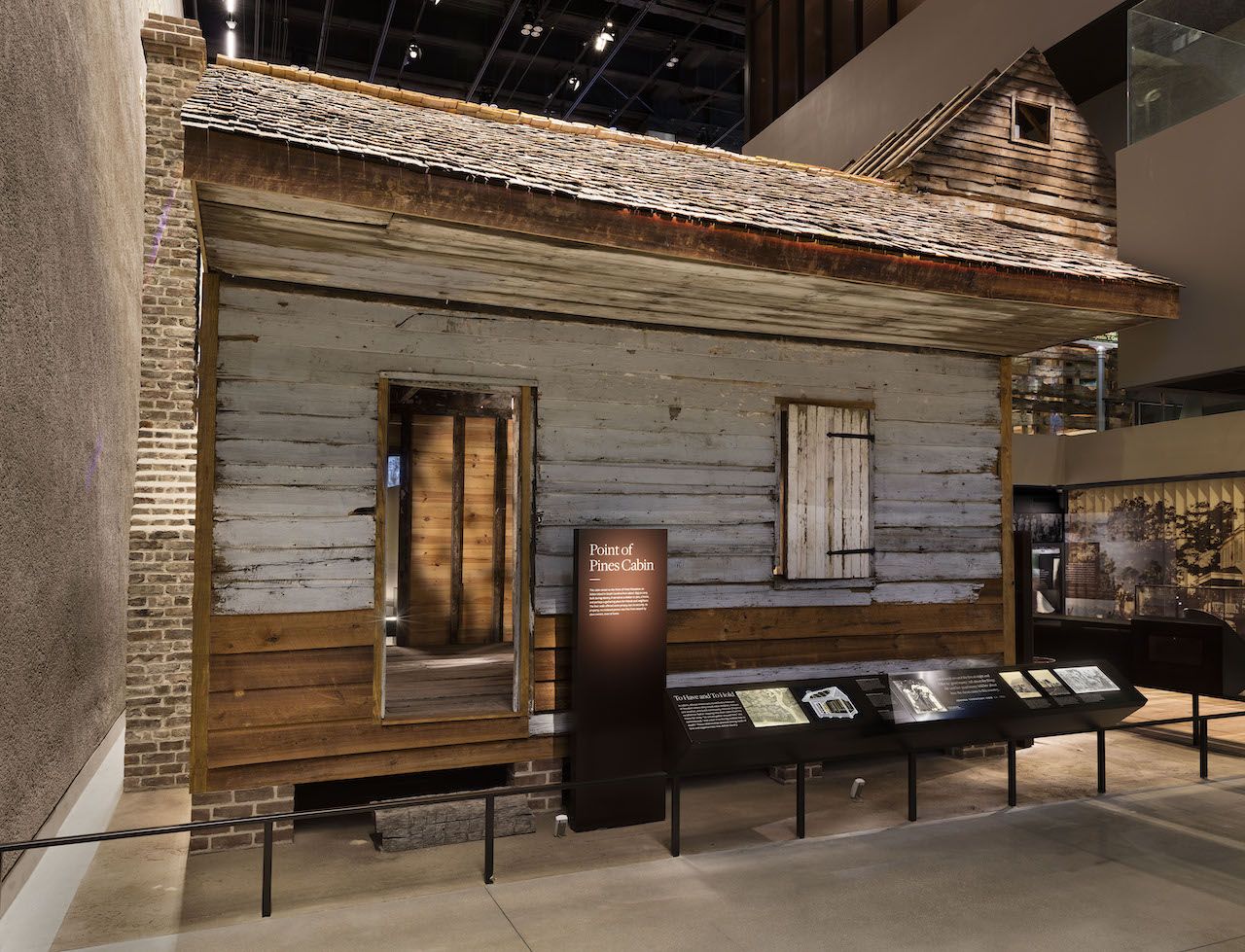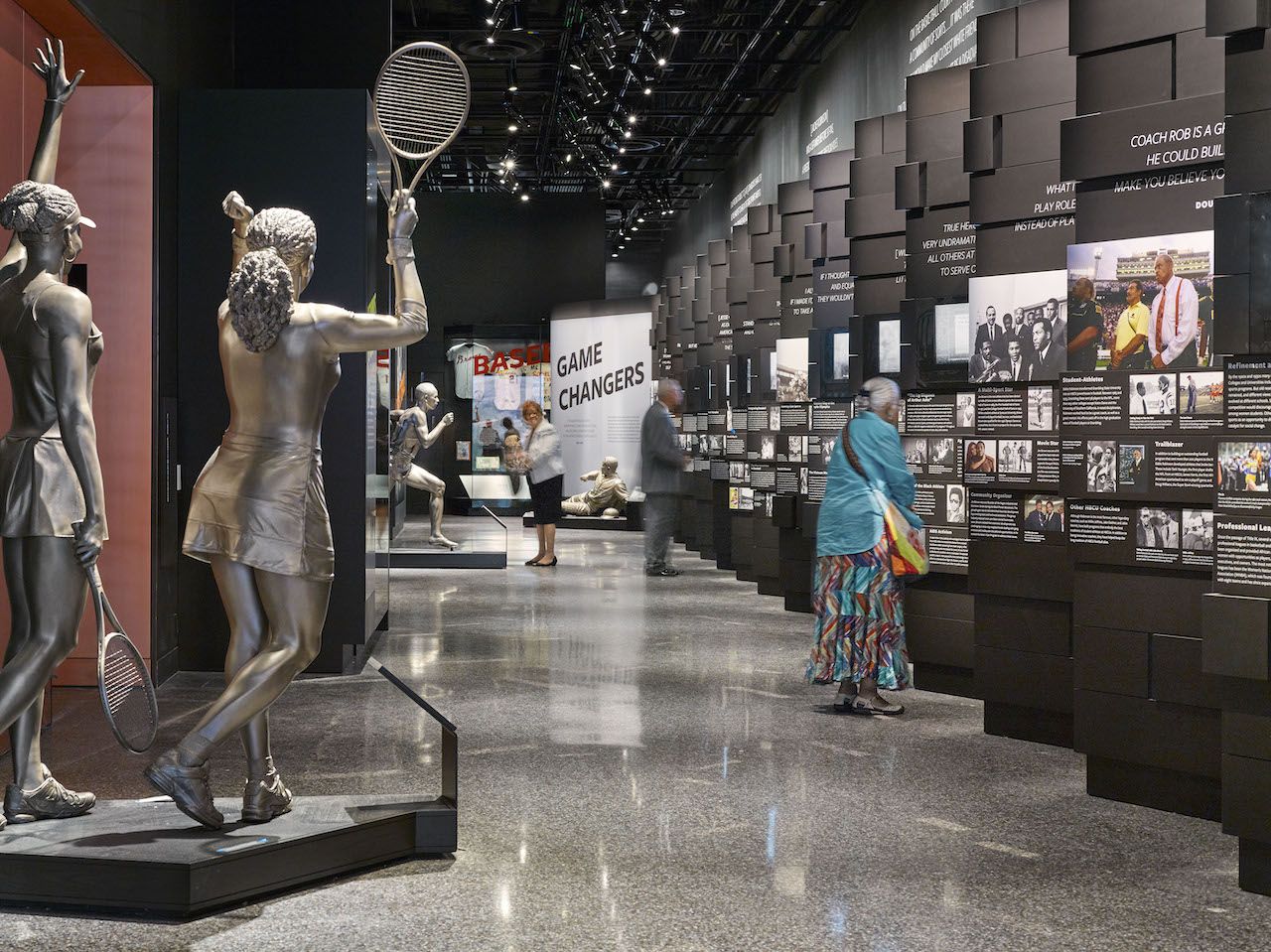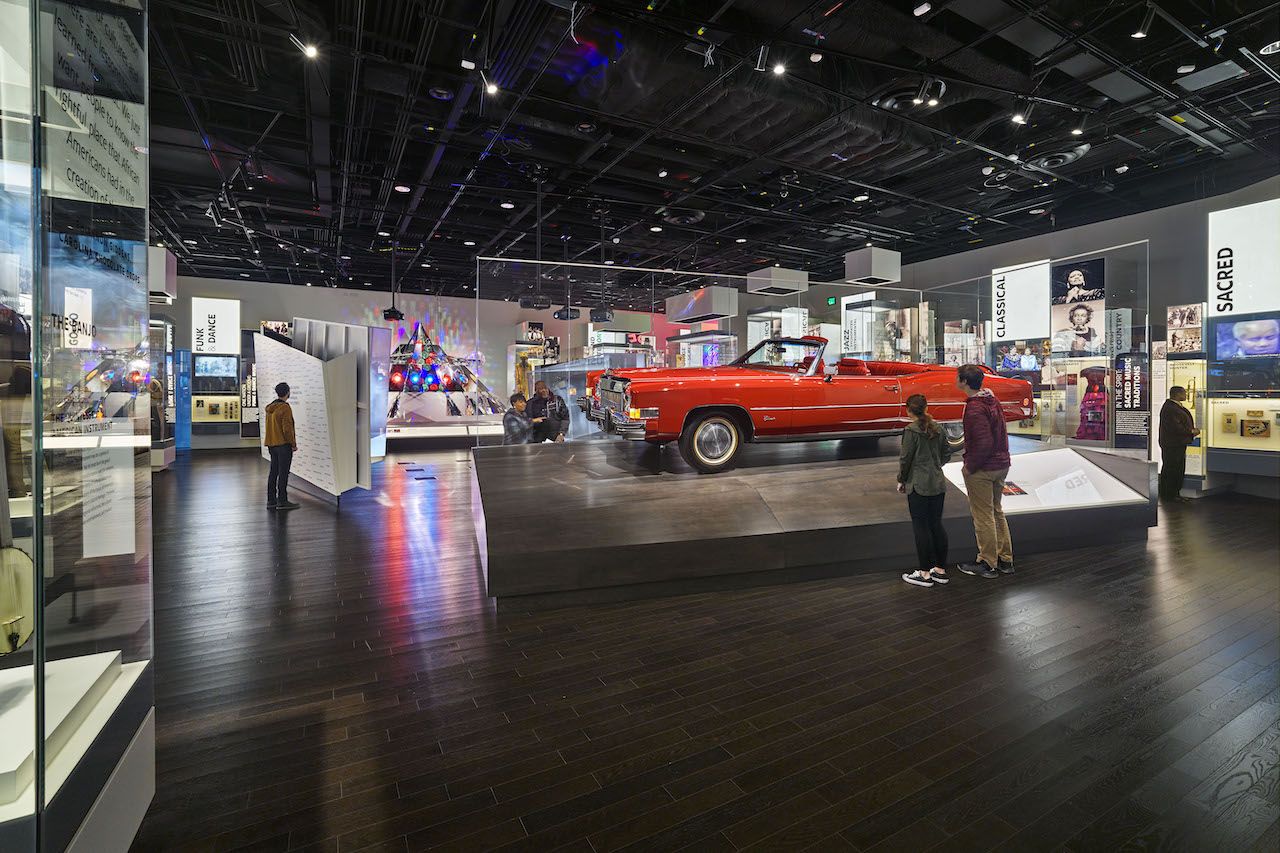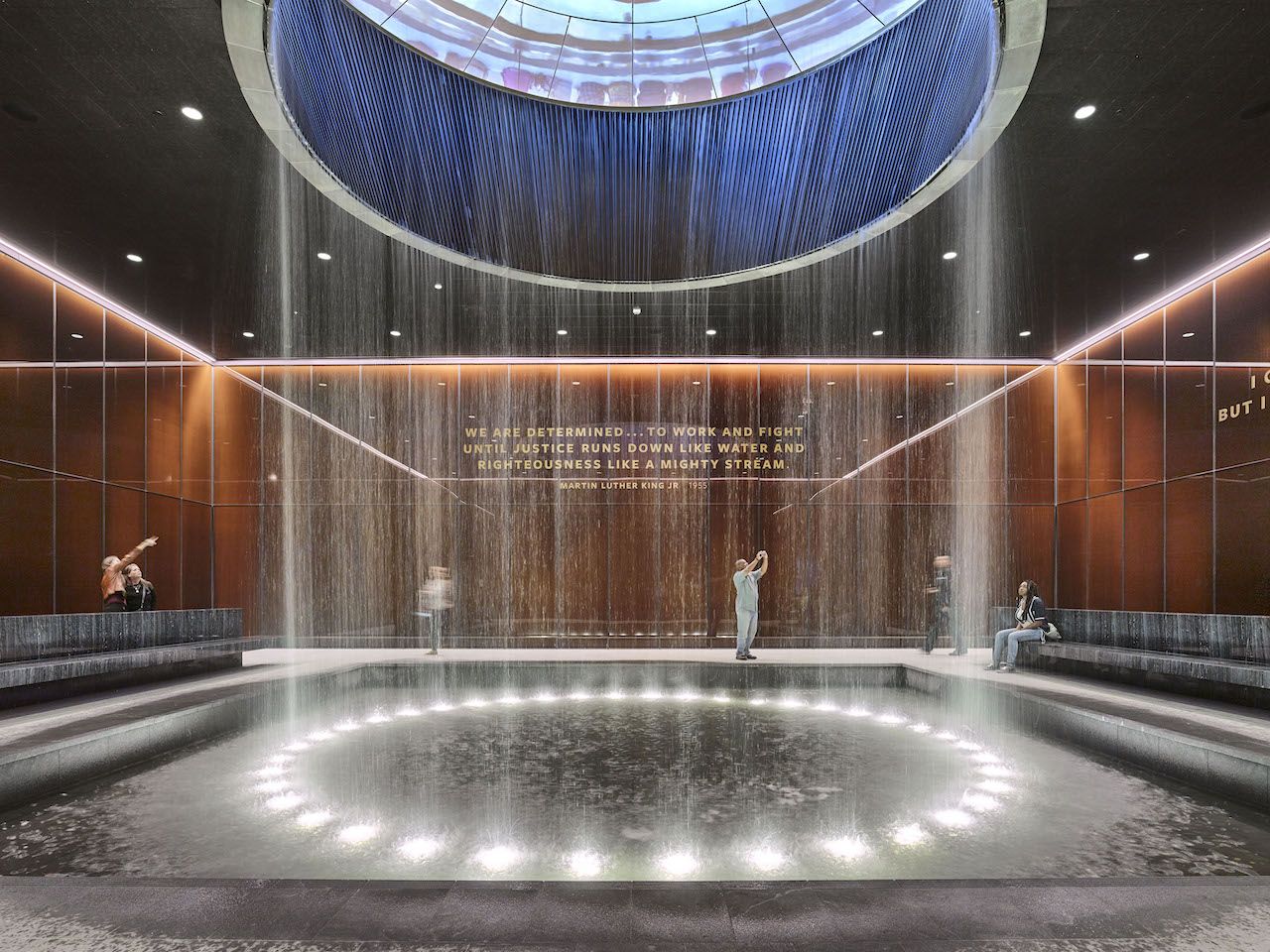Time spent inside the National Museum of African American History and Culture (NMAAHC) in Washington, DC, hangs heavy on the soul. This is one of the many reasons it’s among the most vital museums in the entire Smithsonian museum complex.
NMAAHC honors the complexity of Blackness in North America and cherishes the achievements of African Americans who built the nation with their bare hands. To borrow a phrase from one of the museum’s galleries, African Americans have been “making a way out of no way” for generations. NMAAHC chronicles the triumphs and tribulations that have defined these generations, from the history of enslaved Africans to America’s civil rights movements and Black Lives Matter, shedding a light on the country’s thriving Black culture in spite of racial oppression.



